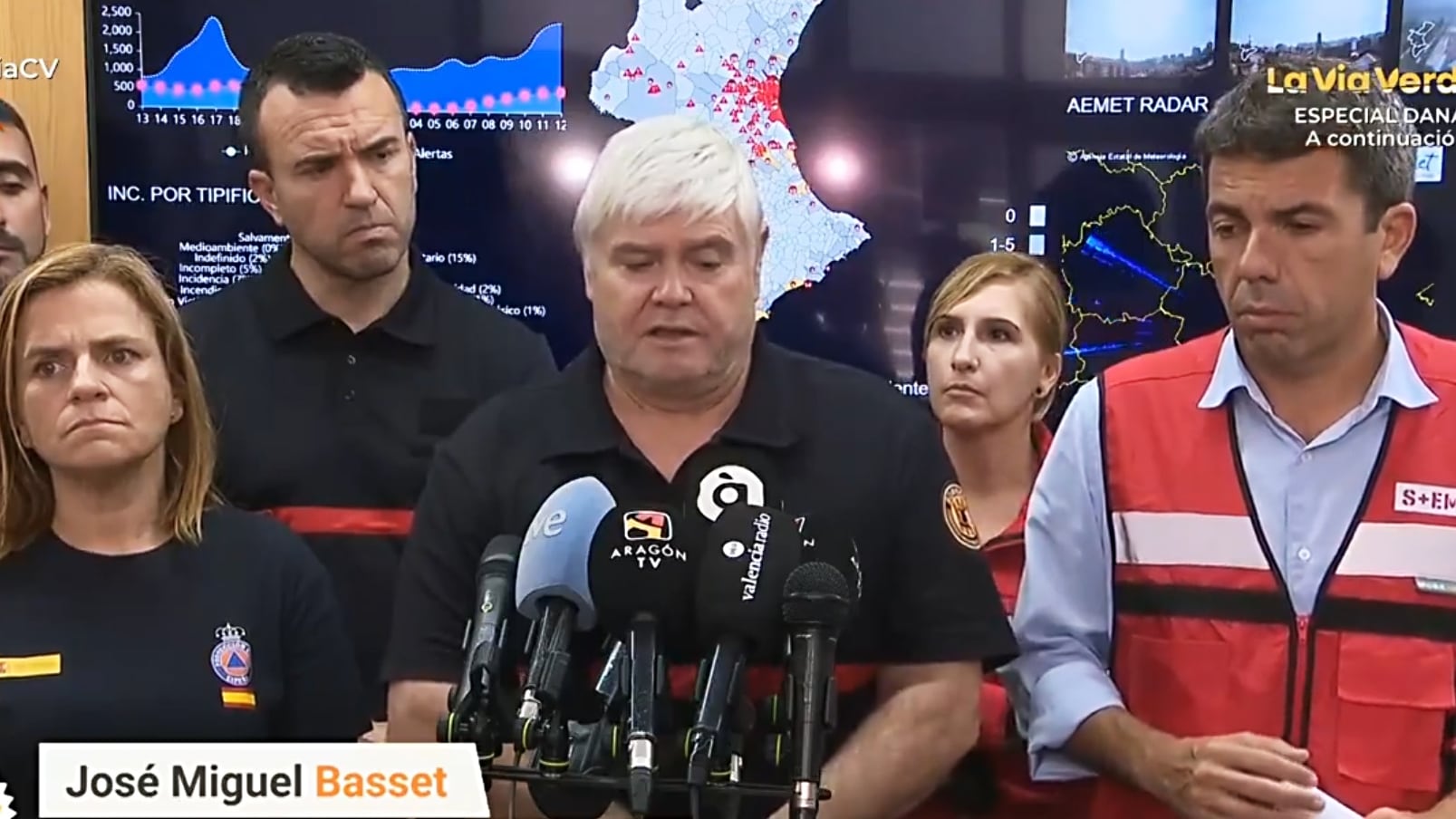The sun as you haven’t seen it before: Scientists reveal the most detailed photo of our star

Now, scientists have published the most detailed photo in which the sun is presenting to date, which offers a close look at its intense magnetic energy.
The image was drawn from the most powerful solar telescope in the world, which receives two -dimensional snapshots of the sun in a series of wavelengths.
Several hundreds of images were taken in a matter of seconds by three synchronized cameras using different settings – similar to taking a series of photos using different filters.
The combination of these images allows a three -dimensional view of the sun’s structures – as shown in this stunning image.
The new image published reveals a cluster of sun spots on the surface of the sun, with a dimension of about 25,000 km by 25,000 km.
Solar spots – areas of intense magnetic activity – often lead to solar flashes and ejecting mass, responsible for the northern saddle phenomenon on Earth.
The image has a spatial resolution of 10 km per pixel, presenting the sun spots in unprecedented detail.
The Daniel telescope
The Daniel K. Inouye solar telescope was first installed at the National Solar Observatory (NSO) near the top of the Haleakalā volcano in Maii in 2022.
Now it has achieved the « first light » – a term used to describe the first time the lens of a telescope is exposed to the night sky – with its most advanced instrument, the new Visible Tunable Filter (VTF).
Designed and designed in Germany, the VTF arrived at the Observatory last year and has since been carefully installed.
It weighs 5.6 tonnes and occupies about as much as a small garage on two floors.
Although not yet fully operational, scientific verification and position in operation are expected to begin in 2026.
« The viewing of these first spectral scans was a surreal moment, » said Dr. Stacey Sueoka, a superior visual engineer at the Observatory.
« This is something that no other instrument in the telescope can achieve the same way.
It marked the climax of months of visual alignment, testing and cross -border team work.
« We are already seeing the potential of the instrument. This is just the beginning and I am excited to see what we can achieve as we complete the system, incorporate the second etalon (visual device) and proceed to scientific verification and position in operation. «
Source: VTF/KIS/NSF/NSO/AURA
What do new images offer
The team said their new instrument could help reveal hidden details of the solar magnetic field, which is vital to understanding solar explosions and space weather.
The sun regularly shows strong eruptions that launch particles and radiation in space.
On Earth, this solar rain can cause spectacular saddle – the North Lights – but it can also disrupt technical infrastructure and satellites.
Carrie Black, director of the NSF program, said: « When strong solar storms hit the Earth, they affect critical infrastructure around the world and in space.
High resolution observations of the sun are essential to improve the forecasts for such destructive thunderstorms. «
In our increasingly technological world, sudden solar storms can cause catastrophic damage to critical infrastructure and disable large parts of the electricity grid, communications networks or space systems.
This new organ can analyze critical properties such as plasma flow speed, magnetic field intensity, pressure and temperature.
The scientific program
« The position of VTF is an important technological progress for the inouye solar telescope, » said Matthias Schubert, a VTF program scientist.
« The instrument is, to say so, the heart of the solar telescope, which eventually strikes its final destination. »
Dr. Thomas Kentischer, a co-head researcher at KIS and a key architect of the instrument’s visual design, said: « After all these years of work, VTF is a great success for me.
I hope this instrument becomes a powerful tool for scientists to answer pending solar physics questions. «








